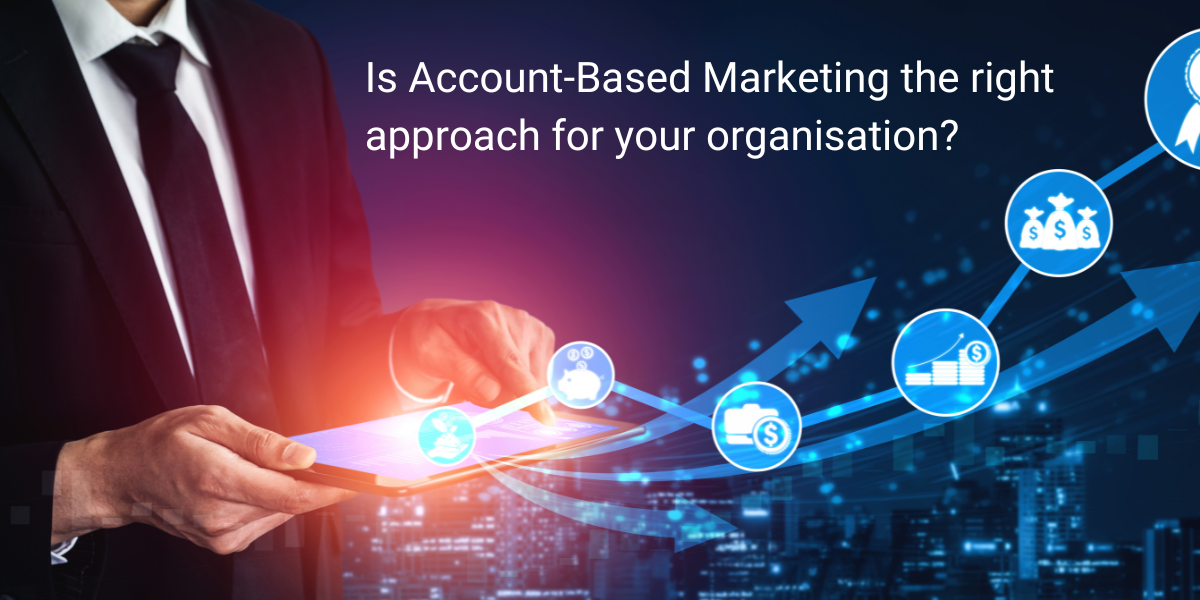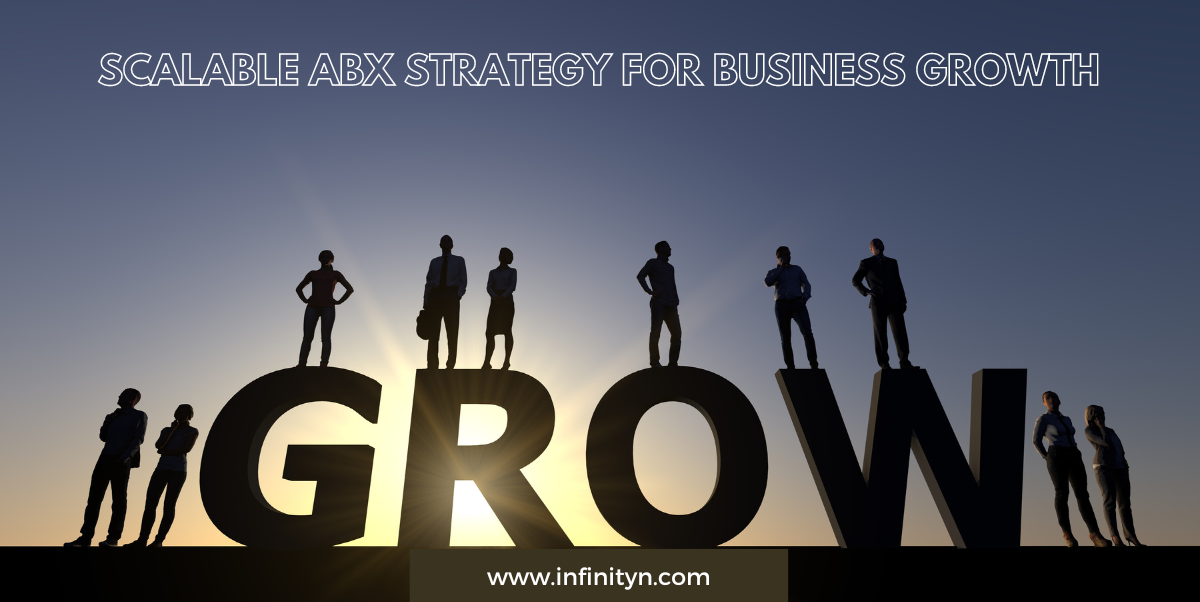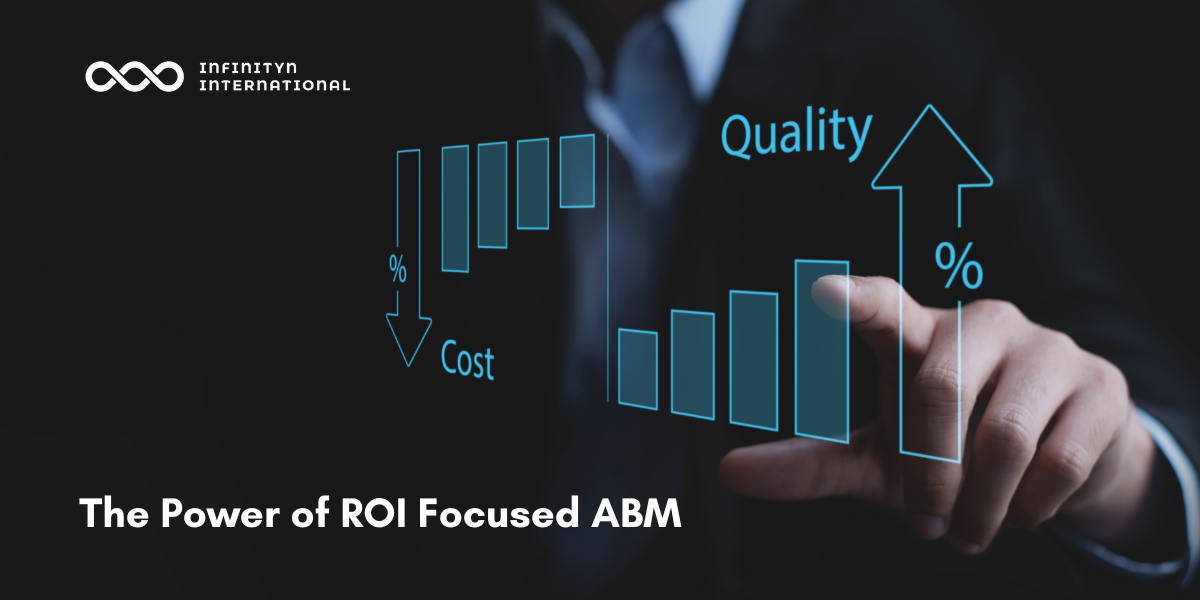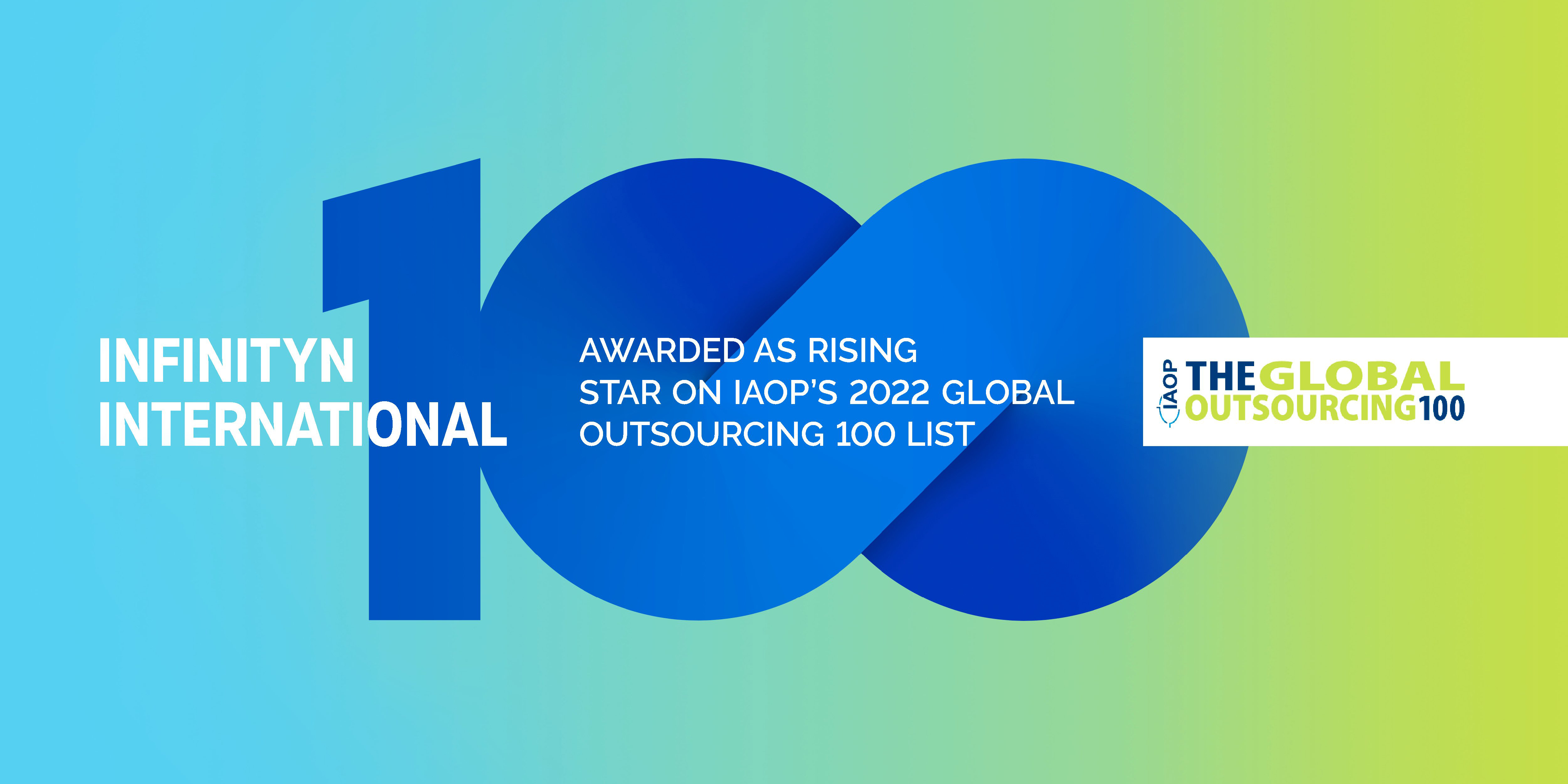Understanding Account-Based Marketing (ABM) and Its Relevance for Your Organization
In the ever-evolving marketing strategies, Account-Based Marketing (ABM) has emerged as a powerful approach that focuses on targeting specific...

Account-Based Marketing or ABM has undoubtedly become a defining element of B2B business development. It has been constantly evolving and it’s not likely to stop its rapid evolution soon. Today, a good ABM strategy is the heart of any successful business, as it supports both sales activities and client retention with its highly customer-centric approach.
This would be the ideal case – but unfortunately, many companies still haven’t adopted ABM approach or used it to its fullest advantages because implementing new practices is often a demanding and lengthy process. Although it does take effort, resource, and time to implement the latest marketing trends, we must consider the tremendous long-term impact they can make for businesses.
What is more, you can read about how ABM can be used for enhancing customer experience with the appropriate data and personalization is in true alignment with the principles of the so-called Industry 5.0, which will define the future of many companies.
Allow us to share an insightful journey around the evolution of ABM and how the different phases of it may benefit enterprises across sectors. Read on and enjoy!
The beginning of account-based marketing dates back to the 1990s, when enterprises – both B2C and B2B – recognized the need for a different approach for their marketing. The point of introducing ABM was to turn the traditional sales funnel on its head and instead of trying to reach a broad but unfiltered audience, it focuses on a smaller but more filtered group.
Thanks to this more specific and targeted approach, ABM is capable of delivering a more tailored outreach or campaign for those specific accounts that are the most suitable for the given product or service, and who have the highest chance for growth.
As Semetrical sums it up, ‘Account-based marketing (ABM) is a B2B marketing strategy in which a supplier targets a select group of accounts that represent significantly higher expansion or growth opportunities’, and it ‘offers tailored marketing and sales support to prospects, as opposed to a more generic marketing campaign with a broader reach.’
All these resulted in immense benefits, such as increased ROI, cost- and time-efficiency, enhanced lead quality and experts realized the amount of power and opportunities ABM offered to those who were willing to invest in it. However, there was even more to the story – a way to unlock true potential of the account-based approach, which we later on coined as account-based experience ‘ABX’.
Account-based Experience – as its name might suggest – is an augmented version of the original ABM, taking the same account-based approach but putting a lot more emphasis on the customer experience (CX) aspect of the whole model. The previous version has already accomplished to introduce a certain degree of personalization which promotes CX, but it had not been the major focus of the strategies.
In an article of Forbes, Jon Miller - the CMO of our strategic partner Demandbase – voiced his opinion on the evolution of ABM into ABX: ‘I think the way account-based marketing had been practiced, it was done without a lot of respect for the buyer experience. The analogy that I've always used to describe ABM was fishing with spears which was a really effective analogy. But at the same time, it doesn't feel very good to get poked by a spear.’
This metaphor illustrates very well the issue with traditional ABM. Although it was effective, the needs of customers were often overlooked. B2B environment is different from B2C but no matter what field or sector you are in, your customers are individuals at the end of the day. Instead of looking at them as simple targets - ABX encourages us to build our marketing strategy accordingly around these individuals, considering their pain points, preferences etc.
Furthermore, ABX acknowledges that it is not only purely marketing and sales that is responsible for achieving results but ‘the way your brand interacts with customers is what influences revenue, satisfaction, and retention’ (Oxper Martech).
This means a holistic alignment between the departments which brings us to the next phases in the evolution of ABM.
Though an ABX strategy is highly effective, it is most powerful when surrounded by departments who follow the same account-based approach. ABX itself is revolutionizing ABM through providing a more holistic approach that creates alignment between all teams who share a same goal – growth.
In this sense, we may talk about Account-based Growth (ABG). Despite being quite similar to the original ABM, it goes beyond just the marketing and sales process, it is an organization-wide strategy that includes all teams like marketing, sales, customer success managers – working together towards their common aim of account success and rapid revenue growth.
One major difference between ABG and ABM lies in their ultimate visions. While ABM concentrates on acquiring new clients, ABG puts greater emphasis on enhancing existing contacts and overall revenue growth within the target accounts. We might conclude that ABG strategies have a broader and more holistic vision which usually means a long-term plan as well.
A typical ABG strategy usually begins with the identification of target accounts based on different key factors such as their value-potential, buying behaviour and other relevant data. Once suitable accounts are identified, the company is able to start its tailored outreach with a well-detailed campaign full of highly personalized contents.
But creating these personalized content pieces for a campaign is not a feasible task if it has to be done manually. We need a huge amount of information for the target account identification as well, and such data-driven processes call for a great degree of automation and digitalization. However, alongside all the automation, the outreach to prospects needs to be authentic through the presence of the human element. With that being said, we finally arrived to the relationship between Account-based Growth and the principles of the so called Industry 5.0.
The term Industry 5.0 is used to describe the fifth phase of the Industrial Revolution. In the words of European Commission, it ‘attempts to capture the value of new technologies, providing prosperity beyond jobs and growth, while respecting planetary boundaries, and placing the wellbeing of the industry worker at the centre of the production process.’
We can say that Industry 5.0 is an enhanced version of its predecessor – Industry 4.0 – which emphasizes the use of advanced technologies such as robotics, Artificial Intelligence (AI) or the Internet of Things (IoT) in manufacturing and industrial processes. Compared to these, Industry 5.0 adds the importance of human element to technology and focuses on its defining role amidst the automation.
What is more, it aims to create smart services through technology which allows for more cost-effective, efficient and more sustainable processes while also concentrating on the individual needs of customer, i.e. personalization.
The name Industry 5.0 may suggest otherwise, however, the idea ‘is not limited to “industry.” It applies to every sector and every organization one can think of.’ (Forbes) This includes the world of B2B environment as well, where ABG and CX trends are soaring. The fact that Industry 5.0 enables and encourages personalized content/product with the help of tech connects it with the aspirations of a strong ABG strategy.
The ABG methodology is highly data-driven, which requires automation and digitalization for it to work properly. The usage of a well-versed technology stack is of crucial importance, therefore organizations that implemented ABG very often also have different tools and AI-enabled services to enhance the work of their teams across departments.
Therefore, we can say that ultimately ABG and Industry 5.0 is pointing towards the same direction - the synergistic balance between the human element and technology. The main ideas behind this account-based framework are clearly compatible with the pillars of the Fifth Industrial Revolution. Taking customer-centric approach and using data-driven personalization through automation is the future of B2B organizations.
Interested in learning more about Industry 5.0 or Industry 4.0?

In the ever-evolving marketing strategies, Account-Based Marketing (ABM) has emerged as a powerful approach that focuses on targeting specific...

The beginning of the 2020s most definitely meant the beginning of a new era in many regards, including the world of business. Although exceptionally...
The world of Marketing and Sales is an exciting and rather hectic one – sometimes unpredictable and sometimes easy to calculate, but no matter what...

TOPO’s “2019 ACCOUNT BASED BENCHMARK REPORT” – which included 150 account-based organizations - showed that every participant reached or exceeded a...

Amidst the constantly shifting terrain of contemporary marketing, the concept of Account-Based Marketing (ABM) has emerged as a game-changer for...

In the bustling landscape of modern business, data reigns supreme as the cornerstone of strategic decision-making. Yet, amidst the deluge of...
%202.jpg)
Marketing goes beyond promotion. Marketing is creativity, profound planning, understanding of your audience, analysing data – especially nowadays,...

In the wake of unprecedented global challenges, the landscape of business has undergone a profound transformation. The era of uncertainty and chaos,...

In the dynamic and competitive business environment of today, the adoption of Account-Based Marketing (ABM) represents a strategic shift towards...

In the dynamic world of B2B marketing, Account-Based Marketing (ABM) has surfaced as a game-changing strategy, yielding significant returns on...

A new business model for outsourcing enterprise growth activities: Growth Process Outsourcing! It’s no news that outsourcing is a red-hot trend....

B2B strategies can be pretty intricate. But anyone who knows B2B knows that the tricky part isn't the strategy itself, but the execution. At least...